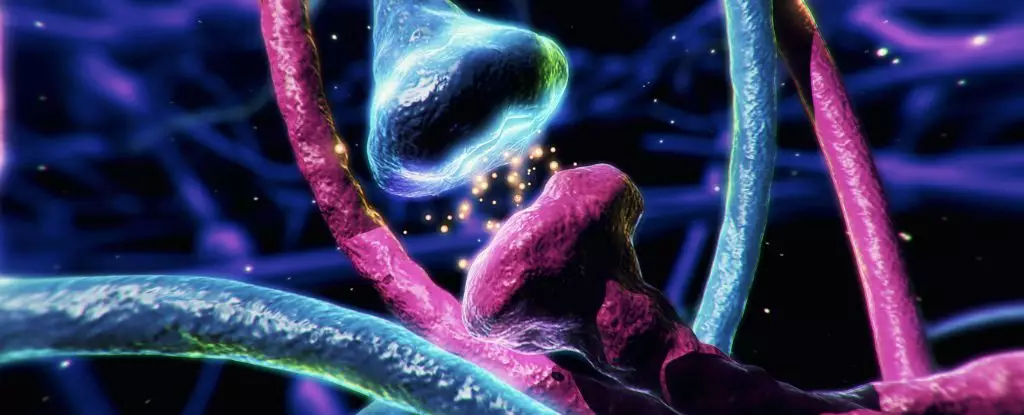For decades, dopamine has been heralded as the brain’s dominant signaling molecule—responsible for everything from pleasure and motivation to movement and cognition. The dominant narrative portrays it as a chemical broadcast, disseminating signals across vast neural territories much like a loudspeaker transmitting messages to all. This interpretation, while convenient, simplistically reduces a highly complex system into a one-size-fits-all explanation that fails to capture the nuanced reality. Recent research, however, shatters this long-standing paradigm by revealing that dopamine is not merely a loud megaphone but also a precise whisperer. It can send rapid, localized signals to nearby neurons, functioning essentially as a micro-communication device within neural circuits. This shift in understanding is profound because it challenges the foundational ideas of how the brain processes information, learns, and reacts.
The Oversimplification: From Wide-Spread Diffusion to Targeted Signaling
The classic model of dopamine function depicts it as a slow-moving chemical broadcaster, diffusing through neural tissue and influencing multiple neurons simultaneously. Such a perspective oversimplifies the intricacies of neural communication, neglecting the potential for rapid, targeted signaling. New studies employing advanced imaging techniques have uncovered dopamine’s quick, precise whispers—short-range signals that activate neighboring neurons within milliseconds. This revelation suggests that dopamine’s role extends far beyond its previous reputation as a “reward chemical,” hinting at a sophisticated language of neural micro-modulation that allows the brain to distinguish between different types of signals and adaptively respond in complex, context-dependent ways.
Implications for Neural Function and Disease
Understanding dopamine as both a broad communicator and a precise whisperer expands our comprehension of brain function. It provides a plausible explanation for how the brain can simultaneously handle numerous functions—movement, mood regulation, learning, and reward processing—using a single chemical messenger operating in multiple modes. Such duality can account for the versatility and flexibility that are hallmarks of healthy neural operation. Crucially, this insight holds significant promise for addressing neurological and psychiatric disorders rooted in dopamine dysfunction.
Conditions like Parkinson’s disease, schizophrenia, and addiction are characterized by disrupted dopamine signaling. Previously, treatment strategies focused mainly on restoring broad dopamine levels or receptor activity. However, if dopamine’s signaling occurs through both diffuse broadcast and localized whispers, therapies must evolve to target these distinct modes. For instance, failing to recognize that certain symptoms or behaviors might stem from lost fast, localized signaling could explain why some treatments are only partially effective. A shift toward nuanced, mode-specific interventions could unlock new, more effective therapies.
Challenging the Status Quo: A Call for Deeper Inquiry
Despite these groundbreaking insights, scientific and medical communities remain at the infancy of integrating this nuanced understanding into practical applications. Much remains unknown about how these fast, localized signals are generated, interpreted, and regulated within neural circuits. Moreover, the implications for neurodegenerative diseases, mental health disorders, and cognitive function demand urgent, focused research efforts. There is an unsettling tendency to cling to simplified models because they are easier to understand and communicate, but progress demands confronting complexity and embracing a more layered view of brain chemistry.
The discovery of dopamine’s micro-scale whispers pushes us to re-examine everything we thought we knew about brain communication—challenging researchers and clinicians alike to look beneath the surface. If we continue to overlook these subtle, yet potentially vital, signaling mechanisms, we risk missing critical opportunities to understand mental illness on a deeper level. The future of neuroscience hinges on recognizing the true sophistication of dopamine’s role and addressing the limitations of our current paradigms. Only through this honest reevaluation can we hope to develop treatments that truly target the root causes of neurological and psychiatric disorders.

Leave a Reply